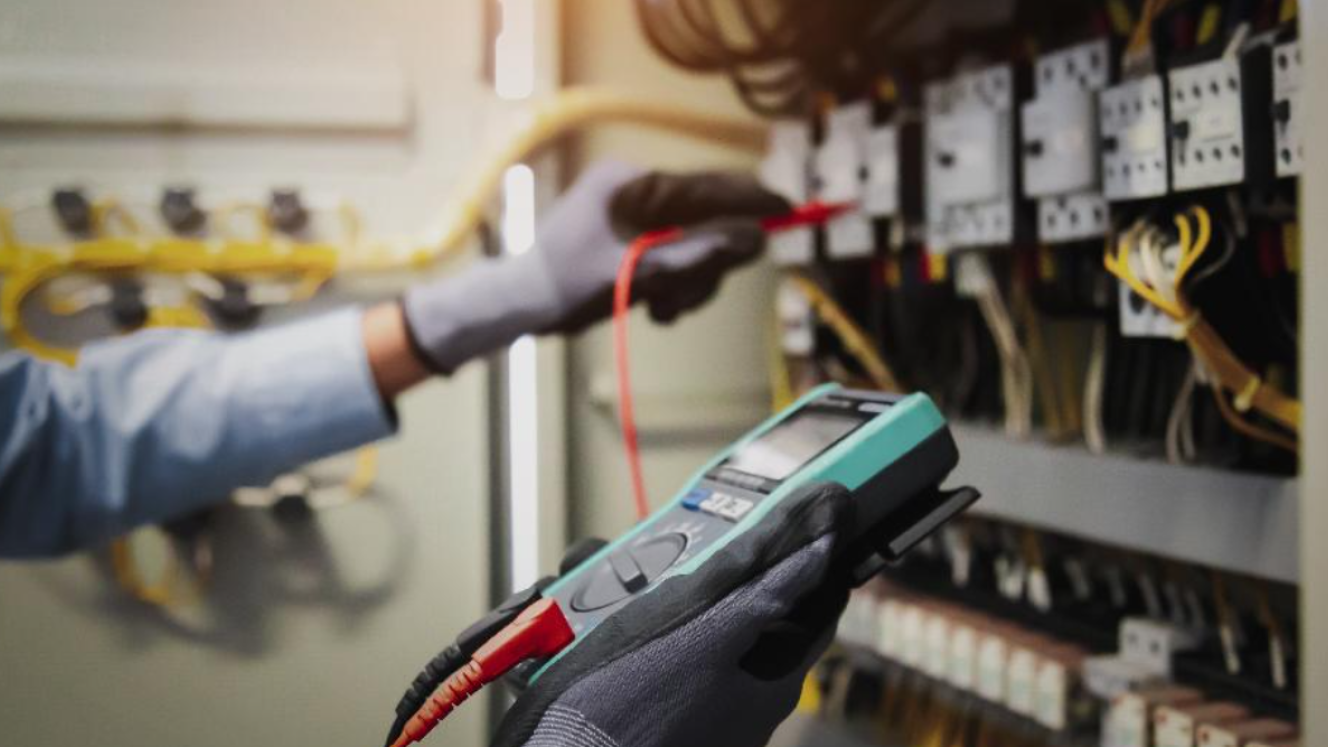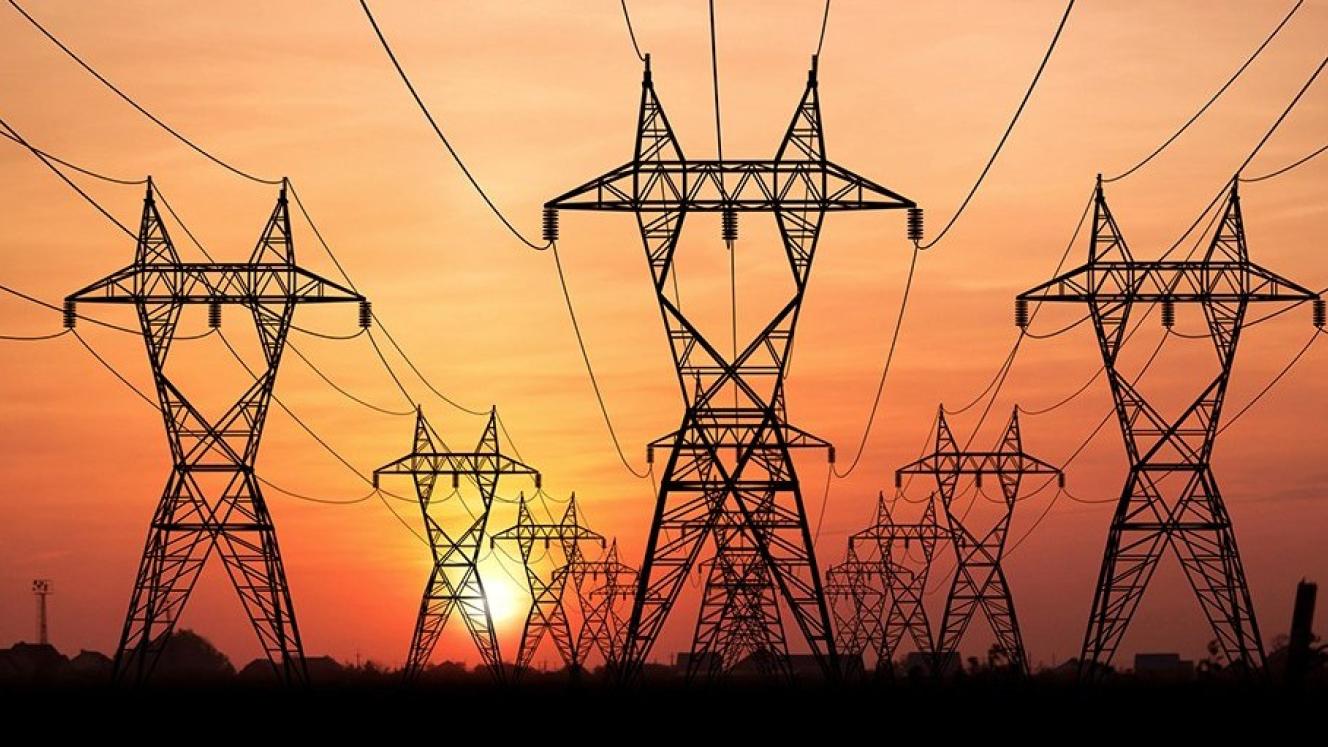Schneider Electric South Africa has launched its ComPacT NS new-generation circuit breakers designed to maximise power availability and reliability.
The new moulded case circuit breakers are rated from 630 amps up to 3 200 amps and provide reliable electrical power distribution and protection from electrical hazards, says Kamogelo Makwana, Power Products Offer Manager at Schneider Electric.
“We have added advanced digital features and connectivity to this range of ComPacT circuit breakers that replace the ComPacT NSX range, which was rated for 630 amps. ComPacT NS moulded case circuit breakers are rated from 630 amps to 3 200 amps and are designed to optimise space and electrical performance. The range comes in two frame sizes with various optional functions and accessories,” he says.
The new generation of ComPacT NS breakers is designed to maximise power availability and reliability by:
- Ensuring optimised selectivity and coordination with upstream and downstream Schneider Electric breakers
- Providing corrective, preventive and predictive maintenance for asset management
- Sending alerts as well as a local indication with a new wireless auxiliary contact.
“The front cover is transparent to enable the operator to see all the auxiliaries and accessories that are installed within the breaker. These circuit breakers include LED lights that flash in the event of a fault or trip, making it easy to identify which breaker is faulty,” says Makwana.
The new circuit breaker range was designed to offer “protection through prevention” whereby the MicroLogic trip units provide data to the end user for preventive maintenance.
“The new wireless auxiliary contact provides local and remote communication with a trip alarm and pre-alarms, enabling increased proactive operational and energy efficiency,” adds Makwana.
“This is our range of premium breakers for applications where customers require power availability for critical applications such as data centres, hospitals and even some mining applications where customers require constant power availability.”













